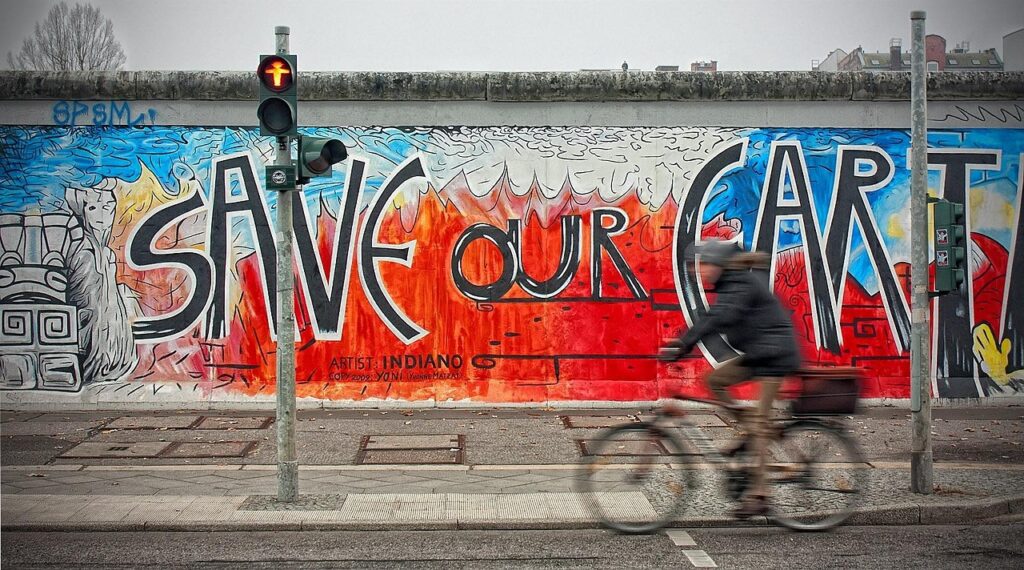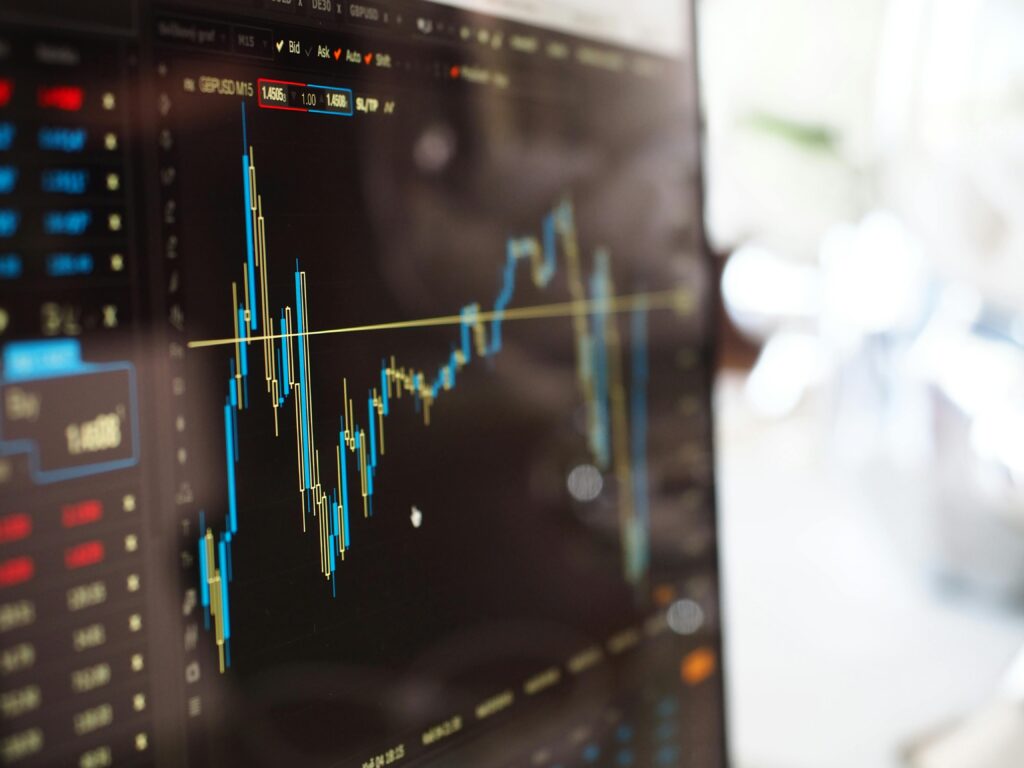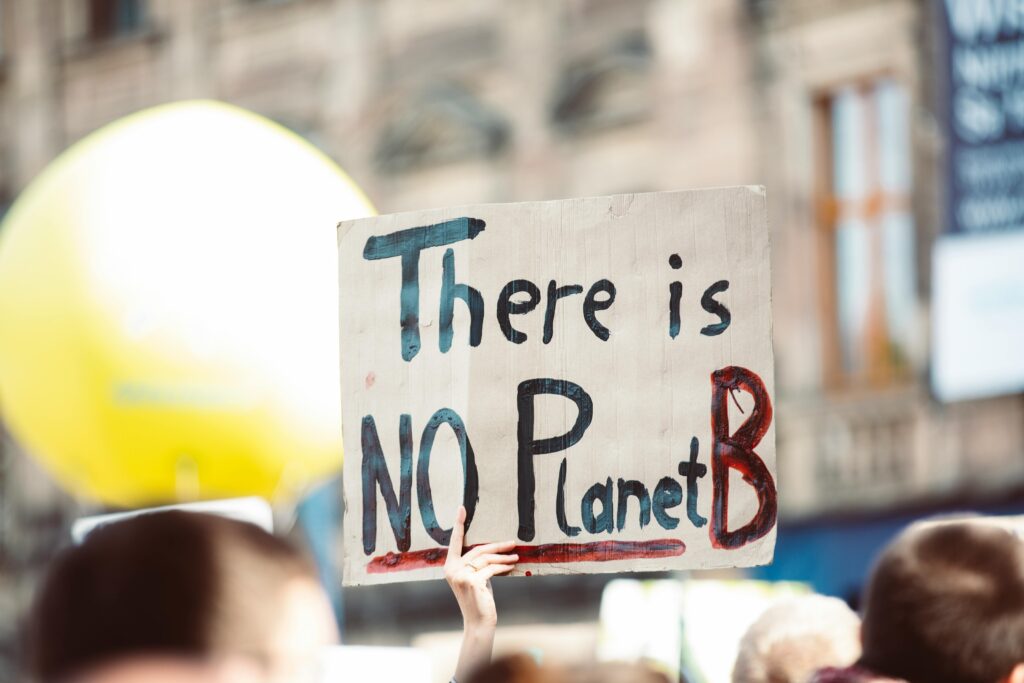In a world increasingly polarized by politics, cultural diplomacy has emerged in 2025 as one of the most effective tools for building bridges between nations. Unlike traditional diplomacy, which relies on formal negotiations and political agreements, cultural diplomacy harnesses the universal languages of art, music, film, and storytelling to foster understanding, connection, and even collaboration between countries with otherwise tense relationships.
From K-pop concerts in the Middle East to international film festivals in politically strained regions, culture is doing what politics often cannot—bringing people together.
🎨 What Is Cultural Diplomacy?
Cultural diplomacy is the practice of using cultural exchange to promote mutual respect, understanding, and dialogue across borders. Governments, institutions, and artists work together to showcase their country’s values and identity through creative expression.
Whether it’s through visual art, theater, cinema, or music, these efforts help build soft power—the ability to influence others through attraction rather than coercion.
In 2025, this soft power strategy has taken on new urgency, especially as geopolitical tensions, nationalism, and disinformation continue to challenge global unity.
🌍 Why Cultural Diplomacy Matters More Than Ever in 2025
1. Bridging Political Divides
Cultural diplomacy allows countries to communicate beyond political rhetoric. For example, despite ongoing tensions between the U.S. and China, a joint art exhibition titled “Voices of Youth: A Cross-Pacific Dialogue” toured both countries in 2025, featuring artworks by Gen Z artists from each nation. The result? Thousands of attendees engaged in conversation not about policy, but about shared human experiences.
2. Rebuilding Trust in a Post-Pandemic World
After years of pandemic-related isolation and misinformation, cultural initiatives have played a critical role in restoring cross-border collaboration. Programs like UNESCO’s “Creative Cities Network” have expanded in 2025, emphasizing how shared culinary traditions, literature, and performing arts can create community across borders.
3. Countering Extremism and Polarization
Cultural programs can serve as soft counterterrorism tools, especially in regions vulnerable to radicalization. In areas of North Africa and the Middle East, youth-focused music and poetry initiatives in 2025 are being used to promote inclusion, critical thinking, and peacebuilding.
🎬 Film and Storytelling: Windows into Other Worlds
Cinema remains a powerful force in cultural diplomacy. Film festivals in 2025 are not just red-carpet events—they’re platforms for diplomacy and global storytelling.
The “Voices Without Borders” International Film Festival, launched in 2024 and expanded this year, features films from war-torn and politically repressed nations. By giving a voice to filmmakers from places like Ukraine, Palestine, and Myanmar, it brings complex issues to global audiences through emotional, human-centered storytelling.
Meanwhile, Netflix and Disney+ continue to commission international productions that highlight cultural narratives, increasing empathy and awareness worldwide. A hit 2025 South African drama series, “Ubuntu: Roots of the Fire”, became a cultural phenomenon not just for its plot, but for sparking conversations about indigenous identity and colonial legacy across continents.
🎵 Music as a Universal Language
In 2025, music remains one of the most accessible and universal tools for cultural connection. International music festivals like “Sound Without Borders” bring artists from politically distant countries onto the same stage. This year’s lineup included musicians from Iran, Israel, and Saudi Arabia—performing together and speaking openly about unity through art.
Music also plays a role in diplomatic missions. The European Union’s “Music for Peace” program sends young musicians to perform in post-conflict zones. In 2025, a collaborative performance in Kyiv, featuring Ukrainian, Russian, and American violinists, symbolized hope amid political and military strain.
🖼️ Visual Art and Exhibitions: Cultural Heritage as Common Ground
In 2025, museum collaborations and art exhibitions continue to be powerful tools of diplomacy. The Louvre’s “Shared Silk Roads” project, in partnership with museums in China, India, and Iran, explores the ancient trade routes that once connected Eurasian civilizations through art, craft, and design.
Such exhibitions remind us that cultural heritage is a shared human legacy, not a national possession. As disputes over ownership of cultural artifacts continue, collaborative showcases offer a path forward based on mutual respect.
🛠️ How Governments Are Investing in Cultural Diplomacy
Governments and international organizations are increasingly allocating funds and forming public-private partnerships to promote cultural diplomacy. Some standout initiatives in 2025 include:
- The U.S. Department of State’s “Art in Embassies 2.0”: A digital-first initiative that brings American and foreign artists together for virtual exchanges and installations.
- South Korea’s “K-Culture Connect”: Focused on expanding Korean language, music, and media into Africa and South America, using K-pop as a cultural bridge.
- Germany’s Goethe-Institut programs: Deepening cultural ties with Eastern Europe through art residencies and language exchange.
These initiatives show that cultural diplomacy is not just about entertainment—it’s strategic.
🌐 The Future of Cultural Diplomacy
As we move further into 2025, cultural diplomacy will continue to play a crucial role in navigating an increasingly fragmented world. Technology, digital media, and global platforms make cultural exchange more accessible than ever—but also more competitive.
To succeed, countries must:
- Invest in authentic storytelling, not propaganda
- Support grassroots cultural initiatives, not just top-down programming
- Foster reciprocal relationships, where both sides learn and contribute
🎯 Final Thoughts
In an age where political dialogue often fails, art, music, and film offer a path forward. Cultural diplomacy in 2025 is proving to be more than soft power—it’s smart power. By embracing creativity as a diplomatic tool, nations can build empathy, break down barriers, and pave the way for a more connected and peaceful world.



